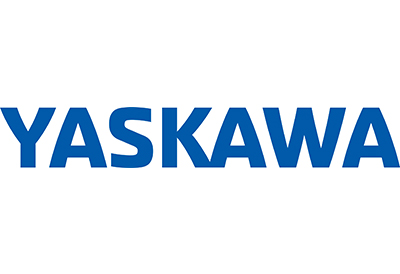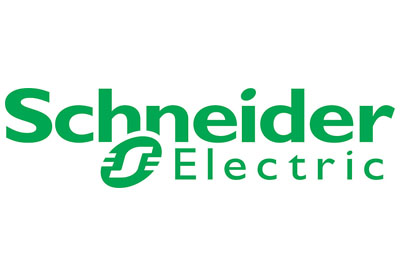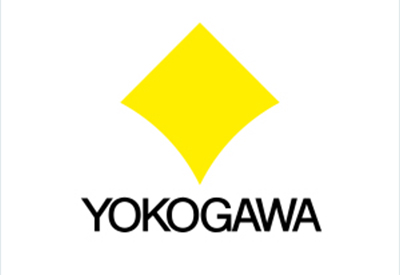OnRobot’s Gecko Gripper wins 2019 Hanover Messe Robotics Award
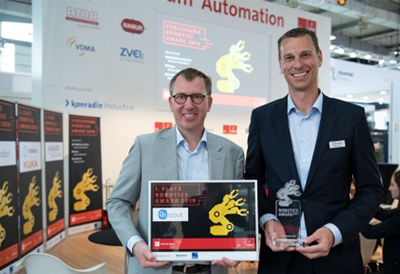
April 17, 2019
Learning from nature – this is the spirit that spelled success for OnRobot A/S as the winners of this year’s ROBOTICS AWARD in the context of HANNOVER MESSE. The Danish enterprise received the top prize for its Gecko Gripper. The runners-up – forwardttc (in cooperation with KUKA) and the MASKOR Institute – also attracted a lot of attention and praise for their innovative robotic solutions.
Developed by OnRobot A/S, the Gecko Gripper is an innovative system designed to hold objects without the need for additional energy – a system that captured the imaginations of the jury and the general public at the 2019 ROBOTICS AWARD. On Tuesday, robotics experts and enthusiasts gathered for the ninth successive year at the Automation Forum in order to celebrate innovative technological solutions. The Finance Minister for the German State of Lower Saxony, Reinhold Hilbers, presented the Award (which carries a total purse of €10,000) on behalf of Award Patron Bernd Althusmann, Lower Saxony’s Minister of Economic Affairs, Employment, Transport and Digitalization.
The Gecko Gripper (developed by OnRobot, a company based in the Danish city of Odense) is modelled on structures found in the feet of certain reptiles. Millions of microscopically fine hairs create so-called van der Waals forces when they contact smooth surfaces. This results in strong adhesion and anti-shearing force without the need to use any power for the purpose. The object is released simply by tilting the gripper surfaces.
In the run-up to the 2019 ROBOTICS AWARD, numerous enterprises and institutions from Germany and abroad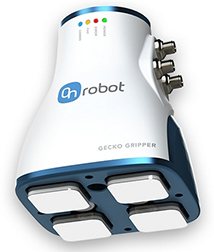 submitted innovative solutions in the fields of industrial automation, mobile robots and/or autonomous systems. Three made it through to the final round at HANNOVER MESSE. The second prize was awarded to a joint project by forwardttc GmbH and KUKA AG. This project involves a low-cost charging assistant for electric vehicles (both private and commercial).
submitted innovative solutions in the fields of industrial automation, mobile robots and/or autonomous systems. Three made it through to the final round at HANNOVER MESSE. The second prize was awarded to a joint project by forwardttc GmbH and KUKA AG. This project involves a low-cost charging assistant for electric vehicles (both private and commercial).
The automatic charging process is initiated via a remote control or an app. In terms of the possible charging capacities, the charger is compatible with all electronic passenger vehicles, and the process can even be adapted for other innovative fuels such as hydrogen. Third prize was awarded to MASKOR, the Institute for Mobile Autonomous Systems and Cognitive Robotics at the Aachen University of Applied Sciences, for its autonomous field robot (“ETAROB”). The function of this robot is to facilitate cost-effective weed management in vegetable production. In contrast to conventional systems the ETAROB can navigate freely in an unstructured environment, avoid obstacles and remove weeds by their roots.


